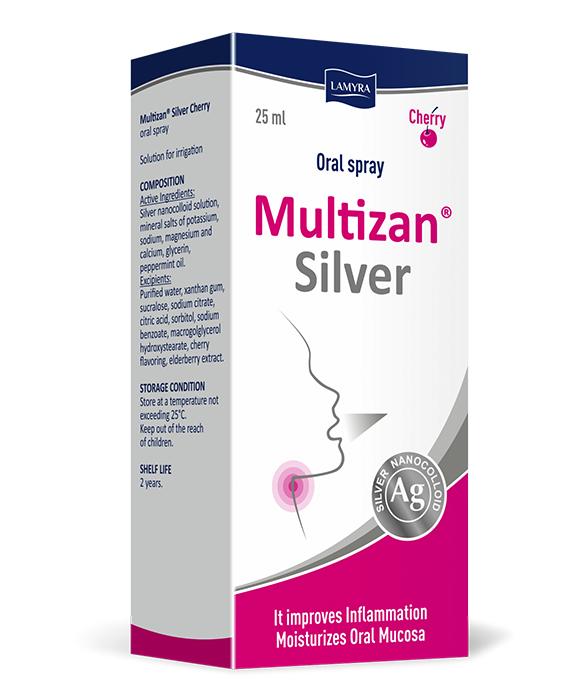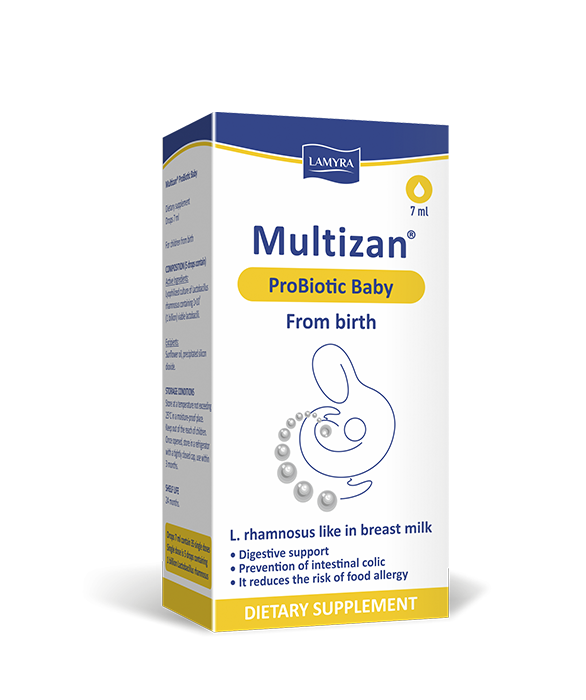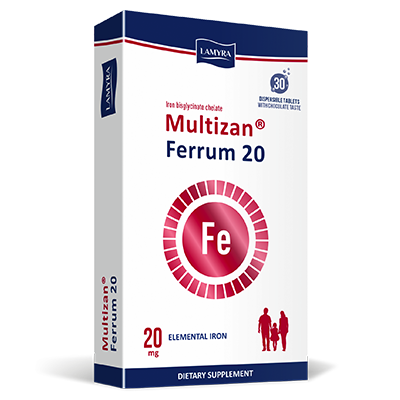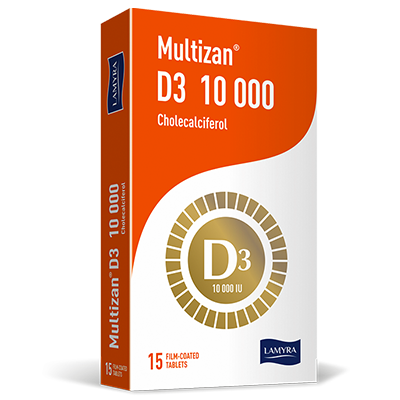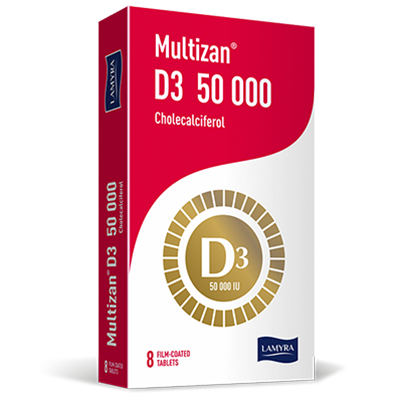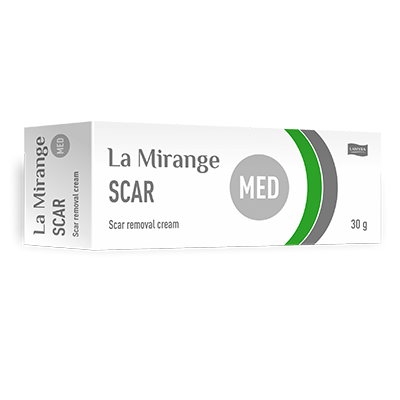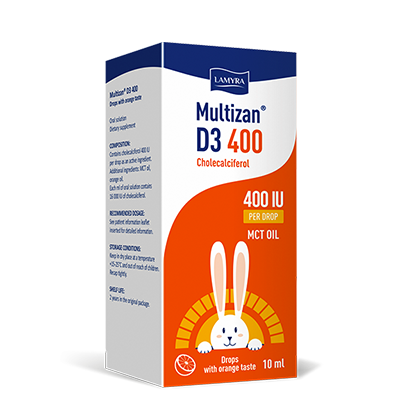Allergic rhinitis is inflammation of the nasal mucosa in response to contact with allergens. It can be plant pollen, dust, household chemicals, animal hair. In case of allergic rhinitis, some symptoms are similar to a cold, nasal congestion and a runny nose. However, there are also pronounced differences such as itching and sneezing, simultaneous symptoms of eyes. Body temperature does not commonly rise when having allergic rhinitis.
Acute allergic rhinitis is rather achingly tolerated, and leads to upcoming changes in the nasal mucosa that provoke snoring, smell and hearing impairment, migraines, and frequent nasal hemorrhage. Severe allergic rhinitis causes chronic sinusitis, bronchitis, asthma. It is therefore important to diagnose the disease in a timely manner and get it under control.
IMPORTANT! Any medications are used only upon consultation with your doctor!
Causes
Allergic rhinitis occurs on the background of:
-
Genetic predisposition. Pathology often develops if family members suffer from allergic diseases such as bronchial asthma, allergic hives (urticaria).
-
Nasopharyngeal anatomical anomalies. They include a deviated nasal septum, narrowed sinuses, an excessive growth of capillaries caused by injuries, unsuccessful maxillofacial operations, an uncontrolled use of vasoconstrictor drugs for a runny nose.
-
Frequent burns of the nasal mucosa. They occur when inhaling caustic chemical fumes at a manufacturing site, using low-quality household chemicals. Any form of smoking including passive smoking and vaping, is also dangerous.
People of all ages are at risk. The mucosa’s inflammatory state can occur in case of contact with allergens. Each person has his own allergen. The disease develops under the action of plant pollen, mold spores, dust, hair or excretions of animals and insects. Cold air and pungent odors can provoke its exacerbation.

Mechanism of the development and symptoms of allergic rhinitis
The disease has two stages. The first stage is an acute phase that lasts 6-12 hours. Upon coming into contact with an allergen, the immune system triggers the synthesis of specific antibodies, immunoglobulins E (IgE). They promote mast cells to release substances that activate the processes of pathogen removal from tissues. This happens through expanding capillaries and increasing their permeability that leads to the appearance of heavy watery nasal discharge and mucosal swelling. The stimulation of mucus secretion, sneezing has been observed.
External symptoms of allergic rhinitis:
-
Sneezing;
-
Pharyngeal and palatal edema;
-
Itching, facial redness;
-
Laborious breathing;
-
Tear secretion;
-
A copious runny nose;
-
Enlarged tonsils;
-
Conjunctivitis.
The second stage is a delayed response phase. It begins when immune cells, such as lymphocytes, neutrophils, basophils and eosinophils, draw together at the site of an allergen attack. They contribute to tissue condensing. In case of subsequent contact with the allergen, there is an increased course of inflammation.
If a patient suffers from the disease up to 4 days and less than 1 month per year in common, this form is considered to be a mild one. This course is specific for seasonal allergic rhinitis which worsens in spring and autumn.
A longer manifestation of symptoms indicates chronic rhinitis. It is also called perennial. Apart from a runny nose, such allergic rhinitis provokes sleep disorder, migraines, impaired productivity and mental activity. Advanced allergic rhinitis leads to the formation of adenoids, the development of bronchial asthma.
Treatment methods
Therapy is prescribed only on the basis of diagnostic results. The key objectives of the study are to identify an allergen and assess the severity of an immune response. Allergen skin tests, a cytological analysis of nasal discharge, total blood count tests and assays to detect the concentration of eosinophils, allergen-specific IgE should be carried out in regard thereto. CT, X-ray, nasopharyngeal endovideoscopy can be additionally prescribed. The tests are carried out comprehensively or selectively.
Having determined the allergen substance, it is necessary to exclude any contact with it. This is the most effective measure to fight allergic rhinitis. It is also necessary to use daily wet cleaning, stop contact with animal irritants, replace household chemicals, and avoid places where substances that provoke a runny nose are sprayed. It is recommended to change your place of living in the period of plant blossom.
If it is impossible to exclude contact with the allergen, several groups of drugs will be used to treat allergic rhinitis:
-
Antihistamines. Systemic drugs. Pharmaceutical forms include tablets and nasal sprays. They relieve symptoms quickly, but become addictive over the course of time. A regular increase in dosage or drug change is therefore required. Moreover, the administration of many antihistamines is accompanied by sleepiness, absent-mindedness, impaired concentration that negatively affects a patient’s life quality.
-
Cromones. This is a group of drugs whose action is aimed at stabilizing membranes of mast cells. Cromones are released in the form of tablets and nasal sprays. They are effective in mild allergic rhinitis, are practically not used for the treatment of chronic diseases.
-
Decongestants. Topical anti-oedemic, vasoconstrictive agents. When sprayed on the mucosa, they reduce swelling and the intensity of a runny nose, ease breathing. However, their approved use is not more than 4 days. If the instructions are violated, decongestants become addictive, increase the fragility of blood vessels and the risk of spontaneous nasal hemorrhage. They are prohibited for pregnant women, children under 12 years of age.
-
Intranasal glucocorticoids (InGCS). Hormone nasal sprays. They suppress inflammation, stop a runny nose. InGCS have many contraindications, age restrictions. In case of allergic rhinitis, they are prescribed by a doctor carefully and under strict control.
-
Antileukotriene drugs. They neutralize inflammation, are authorized for use from 2 years of age. The maximum duration of administration is limited to 3 months.
A treatment regimen is selected individually, taking into consideration the causes of inflammation, the frequency of occurrence and severity of a disease. One may not get rid of the pathology completely. Any therapy only relieves symptoms and prolongs remission periods. Moreover, most drug products become addictive. Consequently, it is necessary to look for new methods of fighting the disease.
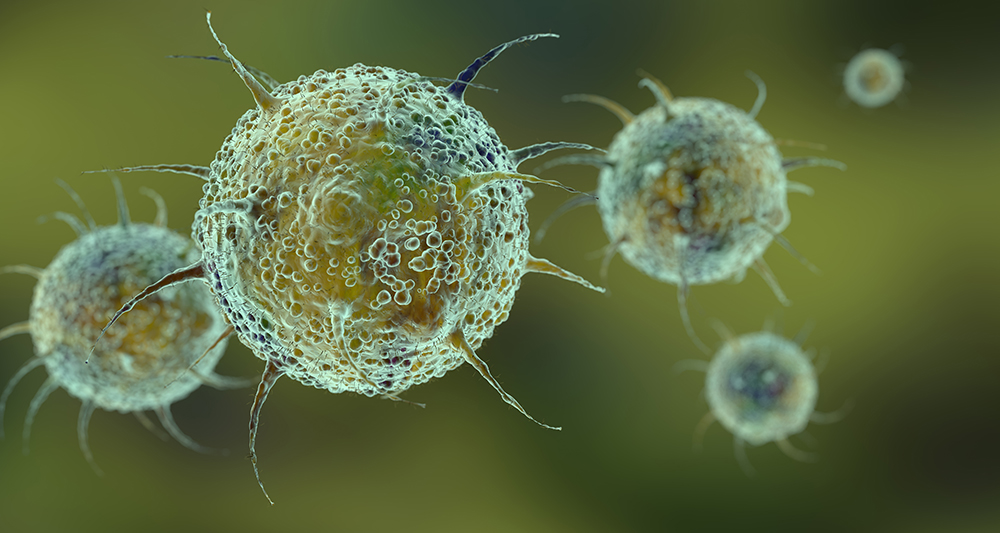
Antiallergic properties of silver nanocolloid
Nanocolloidal silver is a high-tech form of silver. Nano silver is primarily known as a natural broad-spectrum antimicrobial substance. Studies on its effectiveness were carried out in 1990-2000. The results were confirmed by the World Health Organization (WHO). The tests have shown that nanocolloidal silver at the concentration above 150 µg/l kills bacteria such as S. pneumoniae, S. aureus, M. catarrhalis, S. epidermidis, S. haemolyticus, S. cohnii, Neisseria subflava, S. pyogenes, P. aeruginosa. Smaller dosages of the substance stop bacteria reproduction.
Apart from antimicrobial activity, when spraying on mucous membranes, nanocolloidal silver has demonstrated effects that bear evidence of its unique antiallergic potential:
-
Cell membrane strengthening. The preparation forms a film that prevents the penetration of pathogens. In addition, there was a decrease in the incidence of nasal hemorrhage in patients with rhinitis.
-
Astringent action. Nanocolloidal silver reduces the susceptibility of nerve terminals that lowers the severity of unpleasant manifestations of allergy such as itching, sneezing, etc.
-
Flexibility. The preparation is equally effective against allergens of various types.
-
Mucous membrane moistening. The preparation maintains the physiological pH level of tissues.
-
Rapid result. The effects of silver are visible from the first minutes of application.
-
Consistently high, prolonged performance. It has a 12-hour action. In case of prolonged use (more than a month), the preparation relieves symptoms of allergic rhinitis effectively. Non-addictive.
-
Security. Compared to common medications for the treatment of allergic rhinitis, the preparation does not penetrate the systemic circulation, does not change hormone levels, and therefore does not cause side effects.
All the above has ensured a widespread use of nanocolloidal silver to fight allergic rhinitis on the background of a critical decrease in the effectiveness of antihistamines. One spray is sufficient to maintain unlabored breathing up to 12 hours. The preparation is allowed for pregnant, lactating mothers, newborn children.
Nanocolloidal silver is an advanced preparation for the treatment of allergic rhinitis. Due to the lack of addiction and side effects, even patients with drug intolerance were allowed to be prescribed. The high effectiveness of the preparation improves well-being and life quality from its first use.

